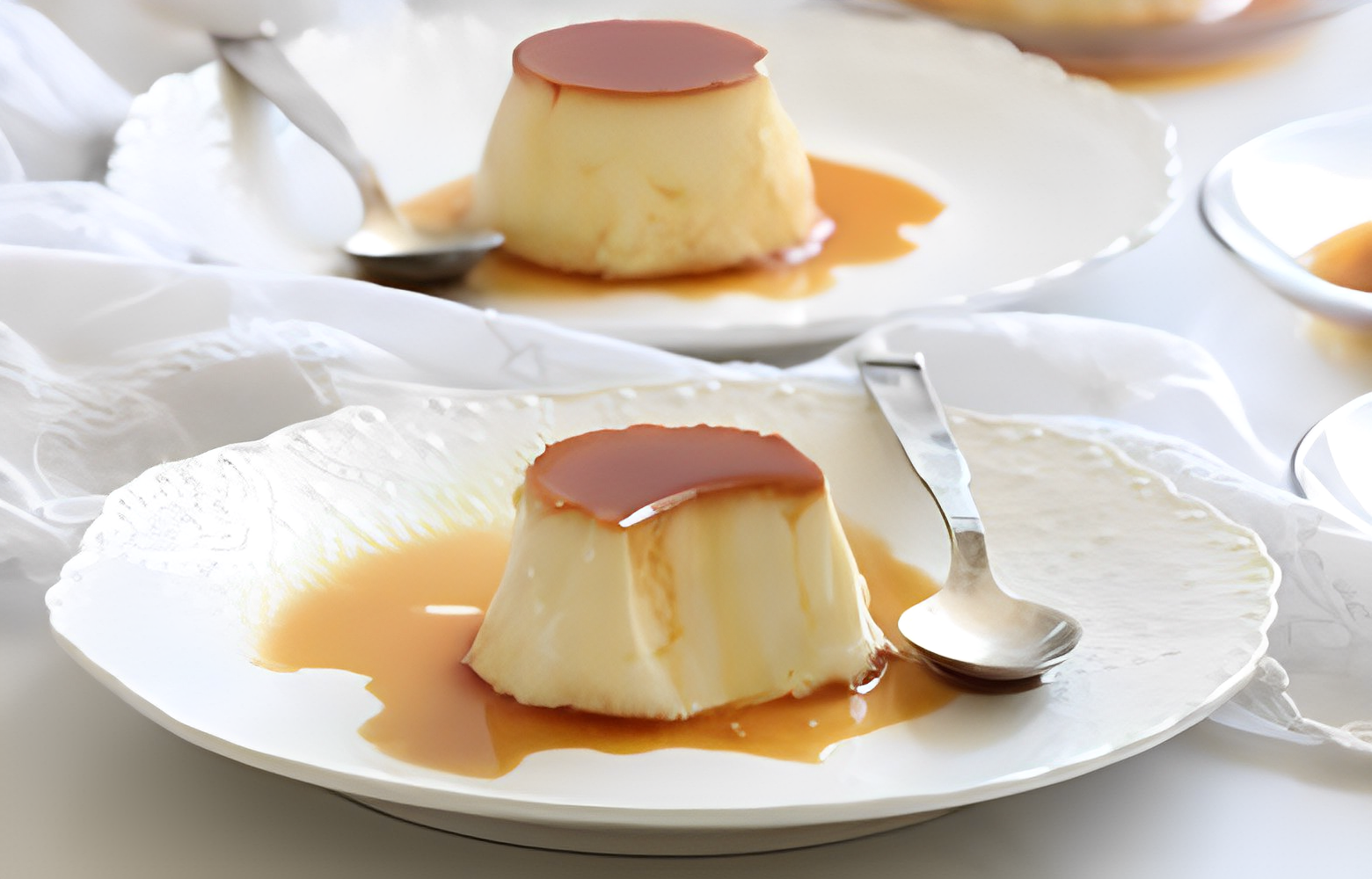|
Listen to article
Getting your Trinity Audio player ready...
|
A delightful dessert experience often begins with the perfect base, and for many sweet treats, that base is a Graham cracker crust. The charm of a Graham cracker crust lies in its crispy texture and subtle sweetness, complementing an array of fillings from creamy cheesecakes to tangy key lime pies.
However, bakers, both novice and seasoned, frequently encounter the frustrating issue of a soggy crust. In this comprehensive guide, how to fix soggy graham cracker crust, ensuring your desserts remain impeccably delicious.
How to fix Soggy Graham Cracker Crust?
The following steps are the answers to how to fix soggy graham cracker crust
- Pre Bake the Crust
- Use the right amount of sogginess
- Incorporate a crisp layer
- Choose the right plan
- Store Correctly
Pre-Bake the Crust
A preemptive measure to combat sogginess is pre-baking the crust. Baking the crust for 10-12 minutes at 375°F (190°C) before adding the filling solidifies the structure and creates a barrier that reduces moisture absorption. This step is especially vital for no-bake fillings.
Use the Right Amount of Butter
Butter acts as a binding agent for the Graham cracker crumbs. Too little, and the crust won’t hold together; too much, and it becomes greasy and prone to sogginess. The golden ratio typically lies around 5 tablespoons of butter per 1.5 cups of Graham cracker crumbs.
Incorporate a Crisp Layer
Introducing a thin layer of chocolate or egg whites brushed over the pre-baked crust forms a seal that prevents moisture penetration. If using chocolate, opt for a thin layer, and let it solidify before adding the filling.
Choose the Right Pan
A metal or glass pie pan is ideal for Graham cracker crusts. Metal pans heat up quickly, ensuring a crispier bottom, while glass pans distribute heat more evenly, reducing the risk of soggy spots.
Store Correctly
Storage plays a pivotal role in maintaining the crust’s texture. Keep the dessert in a cool, dry place, preferably in an airtight container. Refrigeration is essential for cream-based pies, but ensure the container is moisture-free.
Understanding the Sogginess
While diving into the solutions of this, it’s crucial to understand why Graham cracker crusts become soggy. Typically, moisture from the filling seeps into the crust, or improper baking techniques result in a crust that fails to crisp. Identifying the cause is the first step to a successful fix.
Quick Fixes
Here are some quick remedies:
- For mildly soggy crusts, re-bake the crust (with or without the filling) at a low temperature (about 300°F) for a few minutes.
- Sprinkling a layer of finely ground nuts or cookie crumbs over the crust before adding the filling can absorb excess moisture.
The Right Balance of Ingredients
Ensuring the correct ratio of crumbs to butter and sugar is crucial. Too much sugar can also lead to sogginess as it draws in moisture.
Cooling is Key
Allow the crust to cool completely after pre-baking and before adding the filling. This step is crucial for setting the crust and preventing future sogginess.
Did you get the answer of How to fix Soggy Graham Cracker Crust? Tell me in the comments below!
You may also like to read about
What is French Style Cheesecake?
What happens if you eat expired cheesecake?
What does sour cream do in cheesecake?
Common Mistakes to Avoid
Avoid these common mistakes:

Creating the perfect Graham cracker crust seems straightforward, but several common errors can lead to less-than-desirable results. Being aware of these pitfalls is key to achieving a crust that’s just the right amount of crispy and flavorful. Here are some typical mistakes to avoid:
Not Measuring Ingredients Accurately
Baking is a science, and the precision of measurements is crucial. Too much butter can make the crust greasy and prone to sogginess, while too little may not bind the crumbs adequately, leading to a crumbly, fragile crust. Similarly, excessive sugar can draw in moisture, contributing to sogginess.
Over-Mixing the Crust Mixture
While it’s important to mix the butter and crumbs thoroughly, over-mixing can lead to a dense and hard crust. The goal is to evenly coat the crumbs with butter without compacting them too much. Mix just until the mixture resembles wet sand.
Using the Wrong Type of Crumbs
Not all Graham crackers are created equal. Using stale crackers or those that are too finely ground can affect the texture of your crust. Fresh, coarsely ground Graham cracker crumbs usually yield the best results.
Ignoring the Crust-to-Pan Ratio
The thickness of your crust should be proportionate to the size and depth of your pan. Too thin, and it won’t support the weight of the filling; too thick, and it can become overly hard and dominating in flavor. Aim for a balanced crust that complements, not overpowers, your dessert.
Skipping the Pre-Baking Step
This step is often overlooked, especially in no-bake recipes. However, pre-baking the crust can be the key to preventing sogginess. It helps to set the crust, creating a firmer base for your filling.
By avoiding these common mistakes, you’ll be well on your way to crafting a Graham cracker crust that’s the perfect foundation for your delicious creations. Remember, baking is as much about avoiding errors as it is about following the right steps.
FAQs
What causes a Graham cracker crust to become soggy?
The primary reason for a soggy Graham cracker crust is moisture from the filling seeping into the crust. Improper baking methods and the wrong ratio of ingredients can also contribute to this issue.
How can I prevent my Graham cracker crust from getting soggy?
Pre-baking the crust, using the right amount of butter, and adding a moisture barrier like a thin layer of chocolate or egg whites can effectively prevent sogginess.
Is it necessary to pre-bake a Graham cracker crust?
The Answer is “Yes”
Pre-baking the crust for 10-12 minutes at 375°F helps to solidify it and creates a barrier against moisture, especially important for no-bake fillings.
What is the ideal butter-to-crumb ratio for a Graham cracker crust?
A general guideline is to use about 5 tablespoons of butter for every 1.5 cups of Graham cracker crumbs to achieve the perfect balance.
Can I fix a crust that’s already soggy?
The Answer is “Yes”
For mildly soggy crusts, try re-baking at 300°F for a few minutes. Alternatively, a layer of ground nuts or cookie crumbs can absorb excess moisture.
Does the type of pan I use affect the crust’s sogginess?
The answer is “Yes”
Metal pans heat up quickly for a crispier crust, while glass pans provide even heat distribution. Both are good choices to reduce sogginess.
How should I store a dessert with a Graham cracker crust to keep it from getting soggy?
Store in a cool, dry place in an airtight container. For cream-based pies, refrigeration is essential, but ensure the container is moisture-free.
Can adding sugar to the crust mixture cause sogginess?
Excessive sugar can draw in moisture and lead to sogginess. Maintain a balanced ratio of sugar to crumbs and butter.
Why is it important to let the crust cool after pre-baking?
Allowing the crust to cool completely sets its structure and is crucial in preventing it from becoming soggy when the filling is added.
Can I use a different type of cracker or biscuit for the crust?
The answer is “Yes”
You can use other types of crackers or biscuits, but keep in mind that the moisture content and texture may vary, so adjust the butter and baking time accordingly.
Conclusion
Lets conclude our article how to fix soggy graham cracker crust. Fixing a soggy Graham cracker crust is about understanding the balance of ingredients, the importance of pre-baking, and the interaction between crust and filling. By following these tips, you can ensure your Graham cracker crust is the perfect foundation for your delicious desserts. Remember, a great crust is as much about the technique as it is about the ingredients. Happy baking!


